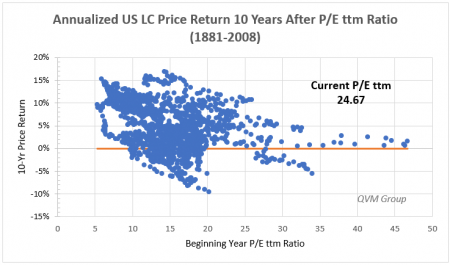Two conditions that often precede market trend reversals are extremes and divergences.
Extreme conditions tend to revert toward median levels, and divergence between functionally linked dimensions is unnatural, and tends to cause them to adjust until they are generally aligned again.
There are significant current extremes and divergences in US stocks that provide reason for caution and expectation of continuation of the current Correction.
Extremes and divergences are the setups, but they need something to cause investors to change their outlook and trigger the trend reversal — often a surprise or shock from outside of the stock market, but we don’t know what, when, where or how great they will be — otherwise they would not be surprises or shocks.
We can, however, measure how far the rubber band is stretched – how extreme a condition is, or how large a divergence is between related dimensions. The more the rubber band is stretched, the more likely is it to break, or how hard it will snap back to its normal shape when the force stretching it lets go.
The most widely referenced valuation metric is the trailing P/E ratio. It is high now at nearly 25. Here is a chart of the annualized returns for the 10 years following various P/E ratios:

Based on the history of quarterly rolling years from 1881, there is little prospect of a nominal annualized turn as high as 5%, and a reasonable chance of an annualized return less than 0%
The Shiller CAPE Ratio is also popular. It is the price divided by the inflation-adjusted 10-year average earnings of the S&P 500 (meant to capture a business cycle, not just a single year somewhere within a cycle).
The picture is worse for price appreciation prospects. A 5% nominal return is not likely and the potential for a negative return is higher than when considering the traditional 12-month trailing P/E.













Leave A Comment